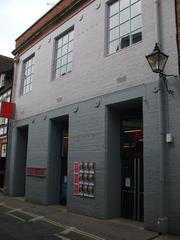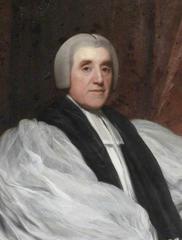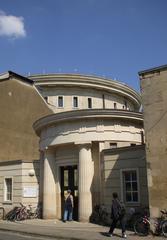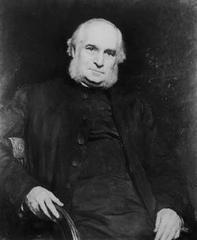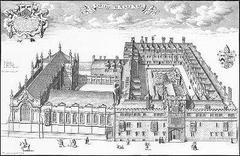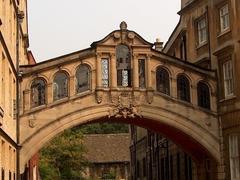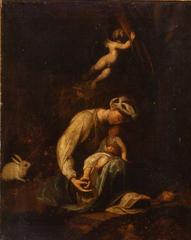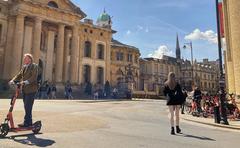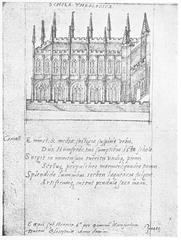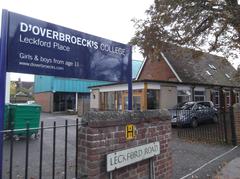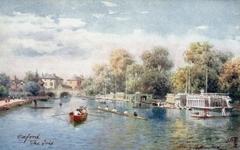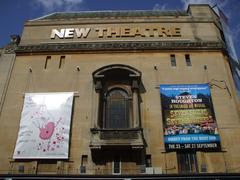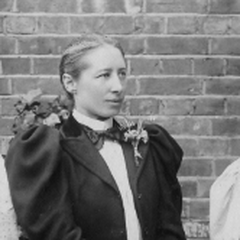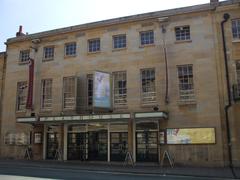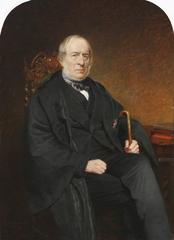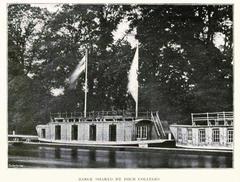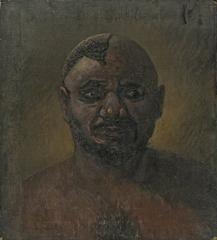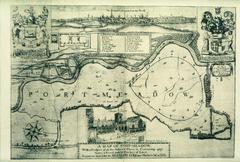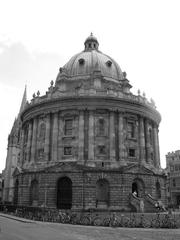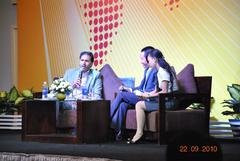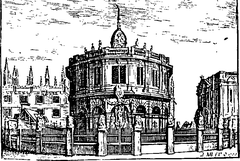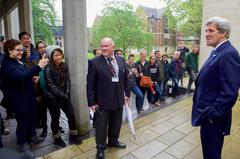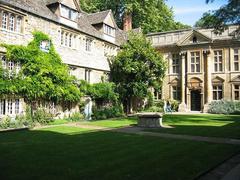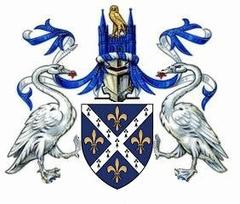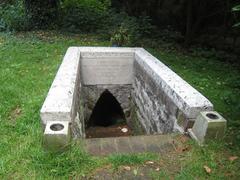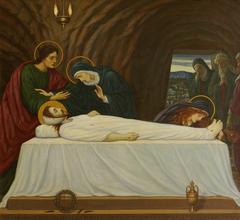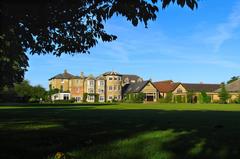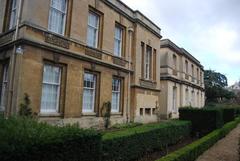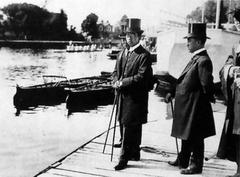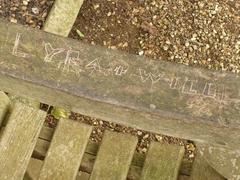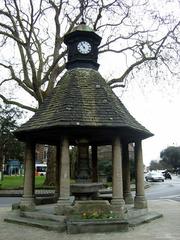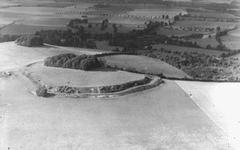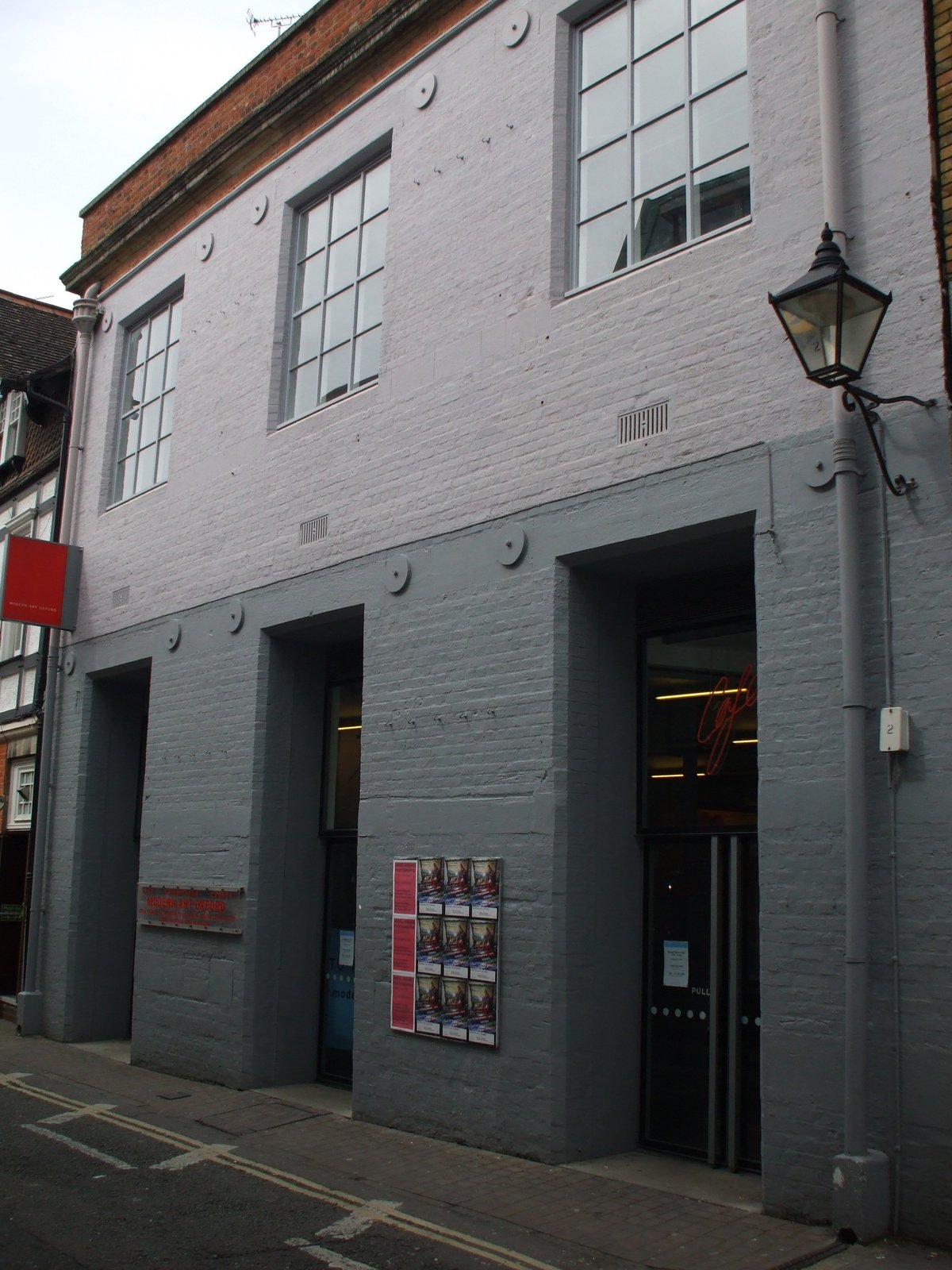
Modern Art Oxford Visitor Guide
Date: 24/07/2024
Introduction
Modern Art Oxford, located in the heart of Oxford, United Kingdom, is a beacon of contemporary artistic expression and cultural engagement. Founded in 1965 by architect Trevor Green and a collective of modern art enthusiasts, the gallery has evolved into a dynamic cultural hub known for its innovative exhibitions and educational programs. Originally housed in a warehouse on King Edward Street, it moved to its current location on Pembroke Street in 1966, a building designed by architect Harry Drinkwater and originally constructed in 1892. The gallery has been instrumental in promoting avant-garde artistic practices and has provided a platform for both emerging and established artists worldwide. Over the years, Modern Art Oxford has hosted landmark exhibitions, such as the 1982 series on contemporary Indian art titled ‘India - Myth and Reality’ and the 1993 ‘New Art from China,’ marking the first time contemporary Chinese art was showcased in the UK. The gallery’s permanent collection includes works by renowned artists like Marina Abramovic, Yoko Ono, and Sol LeWitt, further cementing its status as a vital institution in the contemporary art scene. With free admission, guided tours, and a strong emphasis on accessibility, Modern Art Oxford is committed to making art accessible and engaging for all visitors (Modern Art Oxford Official Website).
Table of Contents
- Introduction
- Founding and Early Years
- Evolution and Name Change
- Notable Directors and Leadership
- Exhibitions and Artistic Impact
- Permanent Collection and Notable Artists
- Visitor Information
- Educational and Community Engagement
- Global Reach and Digital Expansion
- Major Redesign and Future Prospects
- Frequently Asked Questions (FAQ)
- Conclusion
Founding and Early Years
Modern Art Oxford, originally known as The Museum of Modern Art, Oxford, was founded in 1965 by architect Trevor Green and a group of modern art enthusiasts. The primary aim was “the advancement of education of the general public in the modern visual arts.” Initially, the museum operated out of a warehouse on King Edward Street, but in September 1966, it moved to its current location in a former brewery building on Pembroke Street, designed by architect Harry Drinkwater and built in 1892.
Evolution and Name Change
From its inception, the gallery was known as The Museum of Modern Art, Oxford, often abbreviated as MoMA Oxford. However, in 2002, the institution was renamed Modern Art Oxford to better reflect its dynamic and evolving program of temporary exhibitions. Adrian Searle of The Guardian noted that the original name might have been intended to “confuse tourists and convince gowny academic Oxford that modern art was worth taking seriously.”
Notable Directors and Leadership
The gallery has seen several influential directors who have shaped its direction and reputation. Nicholas Serota, who later became the director of the Tate galleries, served as the director from 1973 to 1976, with Sandy Nairne as his assistant. David Elliott succeeded Serota and continued to build the gallery’s reputation for innovative and thought-provoking exhibitions.
Exhibitions and Artistic Impact
Modern Art Oxford has a storied history of promoting avant-garde artistic practices and providing a platform for both emerging and established artists. The gallery has hosted numerous groundbreaking exhibitions that have introduced new artists and movements to both local and international audiences. For instance, in 1982, it staged a series of exhibitions dedicated to contemporary Indian art titled “India - Myth and Reality,” which sought to explore and expose aspects of Indian culture that had been underappreciated by the British art establishment.
In 1993, Modern Art Oxford curated “New Art from China,” marking the first time contemporary Chinese art was shown in the UK. This exhibition was a trailblazer in bringing global contemporary art to British audiences.
Permanent Collection and Notable Artists
In addition to its temporary exhibitions, Modern Art Oxford boasts a permanent collection of over 300 works of contemporary art. This collection includes pieces by renowned artists such as Marina Abramovic, Yoko Ono, and Sol LeWitt. These works are instrumental in fostering a deeper appreciation for contemporary art and its relevance to modern society.
Visitor Information
Tickets and Visiting Hours
Modern Art Oxford offers free entry to its exhibitions, making art accessible to everyone. The gallery is open from Tuesday to Saturday, 10 AM to 5 PM, and Sunday, 12 PM to 5 PM. It is closed on Mondays.
Guided Tours and Special Events
The gallery offers guided tours that provide deeper insights into the exhibitions and the history of the institution. Special events, including artist talks and workshops, are regularly scheduled and offer unique opportunities to engage with contemporary art.
Travel Tips and Nearby Attractions
Modern Art Oxford is centrally located, making it easily accessible by public transport. Nearby attractions include the Oxford University Museum of Natural History and the Ashmolean Museum, providing a full day of cultural exploration.
Accessibility
The gallery is committed to accessibility, with ramps and elevators available for visitors with mobility issues. Detailed accessibility information is available on the gallery’s official website.
Educational and Community Engagement
Modern Art Oxford places a strong emphasis on education and community engagement. The gallery offers a range of educational programs, including talks, tours, and workshops, aimed at engaging audiences with contemporary art and fostering creative dialogue. These programs are designed to make contemporary art accessible and engaging to the widest audience possible.
The gallery’s commitment to education is further exemplified by its participatory activities, which help visitors explore exhibitions, experiment with creative processes, and celebrate the relevance of contemporary visual culture to society today.
Global Reach and Digital Expansion
While deeply rooted in its local context, Modern Art Oxford has a global reach and has attracted visitors and collaborators from around the world. Its exhibitions and programs have garnered international acclaim, further solidifying its reputation as a cultural institution that pushes the boundaries of contemporary art discourse.
In recent years, the gallery has embraced digital platforms to expand its reach and engage with audiences beyond its physical location. Online exhibitions, virtual tours, and digital content have allowed the institution to connect with a wider audience, making art more accessible and interactive.
Major Redesign and Future Prospects
Modern Art Oxford is currently undergoing a major redesign, set to be completed by autumn 2024. The £1.2 million project, led by RIBA award-winning David Kohn Architects, aims to improve navigation, accessibility, and environmental performance in the building. The redesign includes a new entrance to the main exhibition spaces, a welcome desk, an expanded shop, and enhanced learning spaces.
The redesigned café, based on a celebratory concept created by British artist Emma Hart, will return to the lower-ground floor. Hart’s design, inspired by raves and spaces for enjoyment and self-expression, will feature furniture that evokes dancing “hands in the air” and tables that mimic disco lights.
Frequently Asked Questions (FAQ)
Q - What are the visiting hours for Modern Art Oxford?
A - The gallery is open from Tuesday to Saturday, 10 AM to 5 PM, and Sunday, 12 PM to 5 PM. It is closed on Mondays.
Q - Is there an entry fee for Modern Art Oxford?
A - No, entry to the gallery’s exhibitions is free.
Q - Are guided tours available?
A - Yes, the gallery offers guided tours that provide deeper insights into the exhibitions and the history of the institution.
Q - Is Modern Art Oxford accessible for visitors with disabilities?
A - Yes, the gallery is committed to accessibility, with ramps and elevators available for visitors with mobility issues.
Q - What nearby attractions can I visit after Modern Art Oxford?
A - Nearby attractions include the Oxford University Museum of Natural History and the Ashmolean Museum.
Conclusion
Modern Art Oxford stands as a beacon of creativity and innovation in the world of contemporary art. Its rich history, transformative exhibitions, and commitment to education and community engagement make it a vital cultural institution. As it undergoes its major redesign, the gallery is poised to continue its legacy of promoting avant-garde artistic practices and fostering critical dialogue on contemporary issues. Don’t forget to check out their official website and follow them on social media for the latest updates and events.
References
- Modern Art Oxford Official Website Modern Art Oxford
- Situated Ecologies Program Modern Art Oxford
